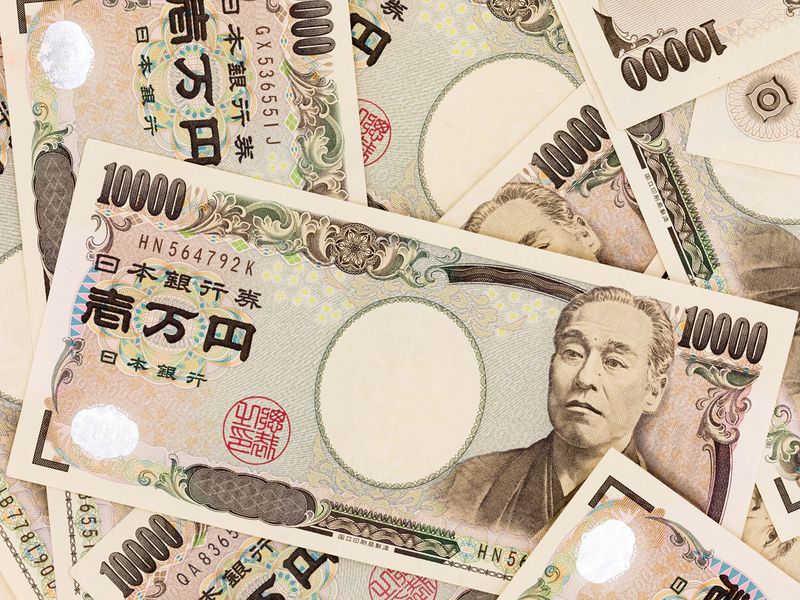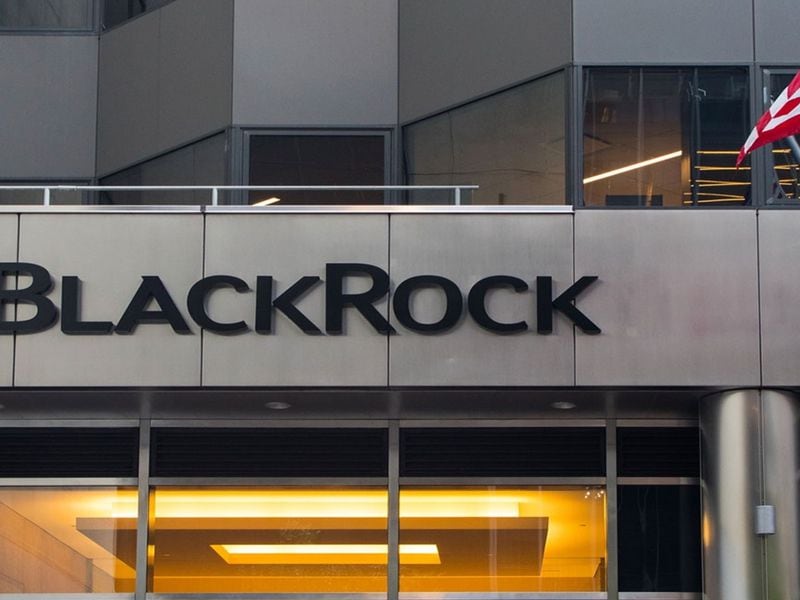Binance, Bitfinex and Tether: What’s the Worst That Can Happen?
Daniel Cawrey is chief executive officer of Pactum Capital, a quantitative cryptocurrency investment firm and hedge fund. The views expressed are those of the authors and are not investment advice.
All investors, institutional or otherwise, have a duty to try to see the world as it truly is. Not as they wish it to be. This is especially true when putting investment dollars at risk. One needs to ask questions to understand elements influencing the outcome of an investment.
One of those questions is: How could things go wrong here?
Investment guru Charlie Munger, for example, says: “Invert, always invert: Turn a situation or problem upside down. Look at it backward. What happens if all our plans go wrong? Where don’t we want to go, and how do you get there?”
There is potential for catastrophic, systemic risk in crypto right now. Recent events surrounding Binance, Bitfinex and the stablecoin Tether necessitate this conversation.
Yet it is strange how infrequently one hears the concept of systemic risk mentioned in this space.
Headed towards default?
The New York Attorney General continues to demand more information from Bitfinex and Tether. The NYAG indicates that there are numerous inconsistencies with Bitfinex/Tether’s statements.
This makes them want to “understand what has taken place, and what continues to take place, at these companies.” Even so, a judge has narrowed the scope of information that Bitfinex/Tether need to provide.

The prices of “stablecoins” have fluctuated since the NYAG started making noise in April.
Source: TokenAnalyst
Now, if we read ever so slightly between the lines, there seems to be a suggestion that there may be further improprieties. Or at least the NYAG is reasonably certain it is worthwhile to investigate this further. They’ve already stated that they believe there may be fraud involved.
So, it makes sense that they want to find out the extent of it and whether other illegal activities have happened or continue to happen.
If this indeed turns out to be the case, enforcement action could be taken by the government against Tether. If such action prevents USDT from being freely traded, holders of tether would then almost certainly sustain significant losses.
But that’s only part of the picture. Binance has decided to suspend deposits and withdrawals for a week after a $40 million hack. Suspension of funding flows is never a good thing, especially since Binance’s public USDT wallet has been drained of hundreds of millions of dollars without explanation.
Really, how bad could it be?
Remarkably, USDT is still the most widely used stablecoin. Traders use it extensively to move into and out of positions on crypto exchanges across the globe.
However, it’s possible USDT could get locked up or otherwise become unusable. There would likely be a cascade of activity following that. This could cause massive, ecosystem-wide harm to the entire crypto space.
Many exchanges (including Binance nd Bitfinex) likely couldn’t function. Assets would likely get locked up in court battles that could take years to resolve. Think Lehman Brothers.
When they fell, the rest of Wall Street felt the pain.

A long decline (and market hope) for Lehman resulted in catastrophe for the market. Source
As an interesting side note, it is possible that large traders or other holders decide to sell off USDT. This would be in favor of a coin that is perceived to be safer, like BTC. This could happen with a lot of volume. It could drive up the price of BTC short-term as people exit USDT positions and park funds in BTC.
It may be tempting to look at BTC’s recent price increase as a positive sign. Yet it is worthwhile to consider whether it may be due to people dumping tether positions and rolling them into BTC to some extent.
A house of cards?
Despite bad news, the BTC price keeps going up.

Source: Tradingview
Regulators could immediately take significant action against Bitfinex/Tether. It could have a cascading effect whereby exchanges simply blow up. To borrow a phrase from Bitmex’s Arthur Hayes, altcoins could get “molly-whopped.”
If the government finds conclusive evidence of fraud committed by Tether or Bitfinex, then it stands to reason that decisive action would be taken as a result. The fallout from such a scenario would likely envelop the whole crypto space.
Preparing for a potential crypto collapse may be a prudent and rational move. Those with large allocations to digital assets should think carefully. Imagine a large exchange locking up. Or traders panicking from the biggest stablecoin imploding or getting seized by authorities.
Do you think crypto investments will be safe then? What exactly will happen to them if everyone is trying to head for the exits?
A new hope
“Affairs are easier of entrance than of exit; and it is but common prudence to see our way out before we venture in.”
When the Greek storyteller Aesop said this around the 6th century BC, it is highly unlikely that he was envisioning the digital asset ecosystem. And yet this quote contains untold amounts of wisdom. Much of which applies directly to crypto and digital asset investing.
While we do actually hope we are wrong here, we also feel it’s better to err on the side of safety. If there is a systemic shock to the crypto space, it is likely that many investments will suffer. Both liquid crypto assets, and illiquid ones.
If the shock is sufficiently bad, it would be reasonable to expect a repricing of assets that could take valuations back to 2016 or 2015 levels.
Think about how you would exit a building if there were hundreds or thousands of people trying to exit through the same door as you. Before you walk into that building, you had better have an exit plan (or two) in place.
Don’t believe us? Ask the people who lost their retirement savings because of the 2008 financial crisis.
Disclaimer: This article represents the views and opinions of the author. It is not an offer to buy or sell securities. The information in this article is intended for informational purposes only and is not intended to constitute investment, financial, legal, tax or accounting advice. Past performance is not a guarantee of future results. Please consult an appropriate advisor and do your own research before making investment decisions.
Binance and Bitfinex image via Shutterstock









